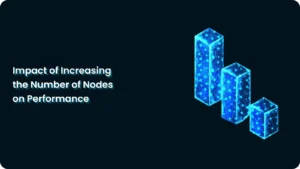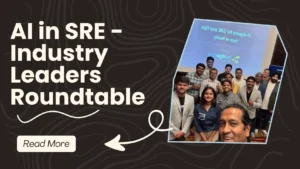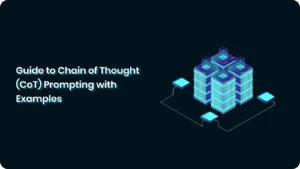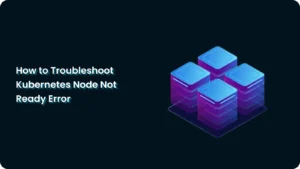The Rise of Autonomous Investigation in IT Operations
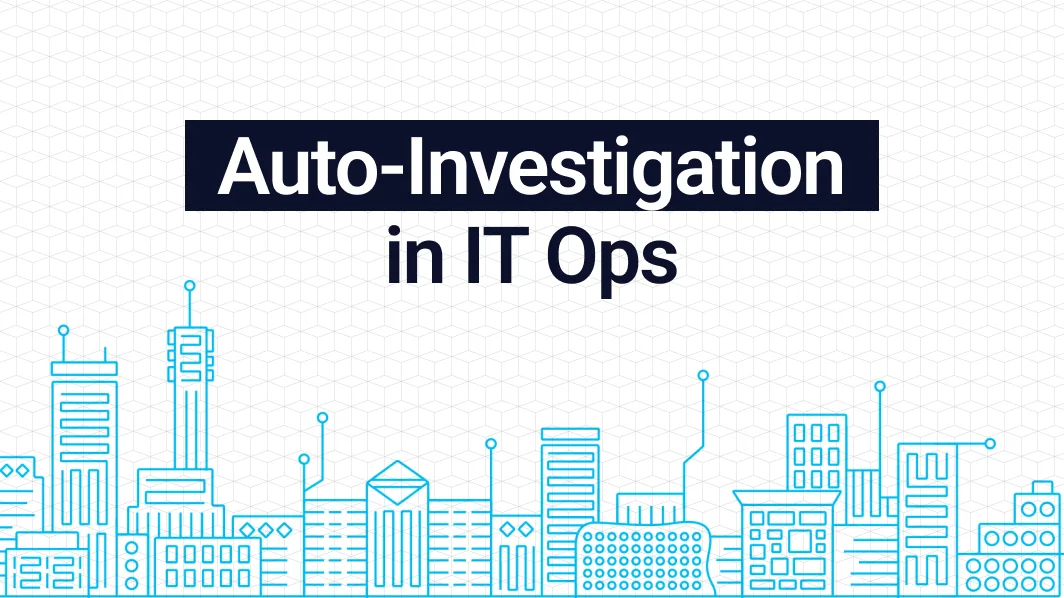
Manual triage doesn’t scale. Learn how AI-powered autonomous investigation helps SRE teams cut triage time, find root cause faster, and reclaim valuable hours.
Modern IT operations have become a maze of logs, metrics, alerts, and ever-changing workloads. While observability tooling has come a long way, one stubborn bottleneck remains: investigation still depends on humans to connect the dots.
Teams invest millions in monitoring, yet when a system misbehaves, engineers scramble to find what went wrong. They jump from dashboards to log streams to Slack threads all while under pressure to restore services ASAP.
Why Traditional Investigation Falls Short
Even with great tools, the investigation process is slow and error-prone because:
- Context is scattered: Relevant clues sit across logs, traces, and metrics but no one system stitches them into a clear narrative.
- It depends on unwritten fix patterns: Senior engineers know the weird failure patterns. Junior engineers don’t.
- It doesn’t scale: As systems grow more complex, the same team has to investigate more incidents without more hours in the day.
- Documentation gets lost: Lessons learned often stay stuck in Slack threads or outdated runbooks, so teams repeat the same triage steps every time.
One enterprise SaaS team I spoke with recently said their engineers spend up to 30% of their on-call time just triaging and correlating data, before they can even start fixing the problem.
What Changes with Autonomous Investigation
This is where the next wave of ops maturity is happening: shifting from manual, human-driven investigation to autonomous investigation powered by AI agents.
With autonomous investigation:
- Incidents are detected and correlated in real-time: AI agents analyze logs, traces, and metrics together spotting hidden patterns humans miss.
- Root cause is suggested automatically: Instead of engineers guessing, they get a shortlist of likely culprits and impacted services.
- Insights are pushed where you work: Summaries and next-best actions appear right in Slack, Teams, or your ticketing system.
- Knowledge compounds: Every resolved incident trains the system so the same puzzle doesn’t stump you twice.
One fast-growing fintech layered autonomous investigation on top of their observability stack. They cut triage time by 40% in three months and their L1 engineers started resolving incidents that used to wake up senior staff at 2 AM.
What It Means for Your Team
When investigation becomes autonomous:
- Senior engineers get their nights and weekends back.
- Junior engineers handle more, with fewer escalations.
- Post-incident reviews are richer because the AI never forgets to document what it found.
- Teams stay motivated and loyal because they’re not stuck firefighting the same problems over and over.
It’s not about replacing engineers, it’s about giving them leverage. The best teams use autonomous investigation to buy back time for designing better systems, scaling infra, or shipping features faster.
NudgeBee
At NudgeBee, we’re helping teams make autonomous investigations real, not just a buzzword. Our Agentic AI Assistants watch over your entire stack, correlate signals, generate clear root cause summaries, and can even trigger pre-approved remediations for known issues.
Teams using NudgeBee have cut MTTR by up to 40% and slashed escalations that burn out your best people.
Plug-in your infra and automate investigation with human-in-loop Agentic AI. Sign up or book a demo with founders.

